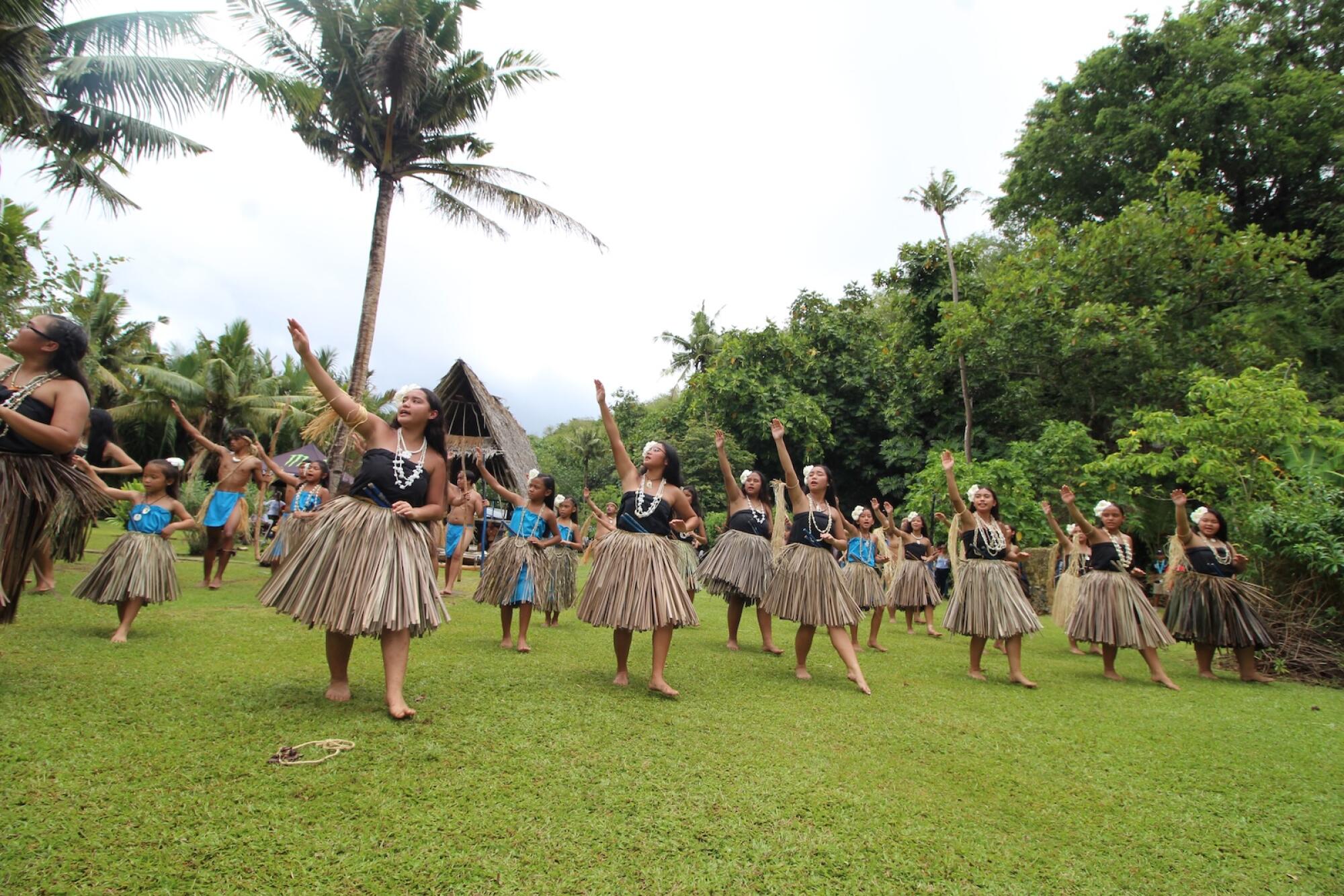
- Share via
For over 70 years, the University of Guam has stood as the only U.S. accredited higher education institution providing bachelor’s and master’s degrees serving Guam and all of Micronesia – an area covering over 7.4 million square miles in the Western Pacific. As a Land Grant and Sea Grant institution, the University of Guam is an engine of progress for the region through its mission of Ina, Deskubre, Setbe (To Enlighten, To Discover, To Serve). The University of Guam delivers public value through its development of the professional workforce and through relevant research and outreach programs that enhance the quality of life for Guam and the Region.
“In everything, we want to ensure we deliver public value in alignment with government policies and the needs of our community and our economy,” stated Dr. Anita Borja Enriquez, University of Guam President. “We are focused on sustainability, both for our island and the whole region; we want to transform lives and advance our communities.”
The university has graduated over 20,000 alumni who serve as the professional workforce for Guam and the region. With 25 bachelor’s degrees, 18 master’s degrees, professional certificates and a new doctoral degree in education, students from Guam and Micronesia can seek out a college education close to home and gain a strong foundation to become future engineers, educators, accountants, entrepreneurs, nurses, sociologists, psychologists, biologists, chemists, artists and IT professionals, among other career fields.
Currently, UOG is focusing on creating career pathways for its students through industry partnerships in engineering, business and healthcare, providing paid internships for students that can ultimately lead to employment after graduation. UOG has over 160 partnerships with international colleges and universities and hosts thousands of college students from Korea, Japan, Taiwan and other countries for study abroad experiences each year. UOG students, in turn, can study abroad at these international institutions through exchange programs. “We have a responsibility to give students access to just about every type of partnership pathway so they can reach their professional and economic goals,” said Enriquez.
While UOG’s role meeting the professional workforce development needs of the region has grown, so has its reputation as a research university. The University of Guam performs well beyond other institutions of its size, even rivaling many larger universities, when it comes to research work and grant funding. With a federal research grant portfolio of $20.5 million, UOG is in the top 32% of U.S. universities in research expenditures according to a recent report from the National Science Foundation. The geographical location and diversity of Guam and Micronesia make UOG a unique location for research on subjects specific to islands and tropical environments as well as on populations that are underrepresented in national data.
Research at UOG spans a vast area of subjects, but its research portfolio trends toward the areas of marine biology, terrestrial biology, agriculture, groundwater, health and welfare of Pacific Islanders, regional public policy, and CHamoru and Micronesian history and culture. “UOG is seen as a leader in strategic partnerships, particularly in matters of environmental sustainability, and so we welcome any opportunity to partner and collaborate,” said Enriquez. For example, through a new partnership with the Pacific Northwest National Laboratory in Washington, faculty and student researchers at UOG are now collaborating with PNNL scientists on the potential for extracting hydrogen from seawater to produce renewable energy.
“For thousands of years, the indigenous people of Guam and Micronesia were navigators. And now, we think about ourselves on this voyage, with everyone moving together.”
— Dr. Anita Borja Enriquez, President, University of Guam
UOG has a 21-year partnership with the University of Hawai’i Cancer Center to explore the reasons behind significant cancer health disparities among Pacific Islanders in Hawai’i, Guam, and the neighboring U.S. Associated Pacific Islands. Their work allowed for the first cancer clinical trial in Guam, brokered relationships between oncologists in Guam and Hawaii and developed legislation establishing the Guam Cancer Trust Fund, which uses tax revenues from tobacco to provide $2 million per year for nonprofits, educational institutions, clinics and hospitals. The goal is to support cancer prevention, screening, diagnosis and treatment services for cancer patients in Guam as well as outreach and education for the people of Guam.

UOG also holds an integral role in the preservation of the language and culture of the indigenous CHamoru people of Guam and the other Mariana Islands. UOG currently offers a bachelor’s degree in CHamoru Studies with new emphases in traditional medicine and healing practices, a track for educators, a minor and certificates in CHamoru Studies and traditional Micronesian seafaring with plans to offer online courses and a “study abroad in Guam” program for those living on the mainland U.S. “The number of CHamorus and Guamanians living in the U.S. mainland and abroad outnumber those who live on the islands,” said Enriquez. “We are providing opportunities for them to reconnect with their CHamoru and Guam roots.”
UOG’s efforts received a nod from The Andrew W. Mellon Foundation, awarding the school a $900,000 grant to support the creation of a CHamoru Studies Center and other related projects to revitalize CHamoru language and culture. The university will launch a new strategic plan this year, Tulos Mo’na, which means “to propel forward in unison.” Its name draws inspiration from the cultural heritage of courageous, seafaring navigators who used stars, the moon, ocean currents and migratory bird patterns as navigational guides. The plan will continue the focus on professional workforce development, aligning academics and research to meet the needs of its community, as well as on impactful outreach and engagement. uog.edu